History of the Irish Lobster
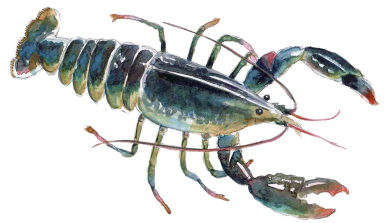
The lobster fishery is one of the most traditional fisheries among Irish coastal communities & mainstay of many small-scale fishers around the Irish coast. A delicacy in modern Irish cuisine, lobster (Irish name - Gliomaigh) was once considered the poor man's chicken. In Colonial times, lobster was plentiful and fed to pigs and goats as well as crushed up and used as fertilizers on the fields or as fish bait. It is said that only paupers ate it.
As a crustacean (any organism with an exoskeleton, that is a hard shell covering the body and organs instead of a body with bones and an internal skeleton) lobster remains a taboo food in many religions and cultures (Islam, Judaism, etc.). In Ireland and the British Isles however, lobster features a great deal in recipes of upper-class households from the early 18th century onwards.
Browne et al. (2001) reviewed the history of lobster fishing in Ireland and reported that the number of boats fishing lobsters in the mid 1870s was over 5000, with more than 23,000 fishermen. The late 1920s recorded landings as high as 430 tonnes which is remarkable compared to the most recent landings of 100 tonnes in 2019 (BIM 2019). Even though the fishery returns much lower numbers now than nearly 100 years ago, Lobster is dealt as one of the most valuable landed species by Irish fleets.
Lobster vessels are exclusively small-scale fishing boats ranging in length from 5m to 12m and include traditional currachs and naomhógs, open punts, modern fibre glass decked boats and catamarans. Lobsters are traditionally caught using pots or creels which originally came in all sorts of shapes and sizes differing from region to region along the Irish coasts.
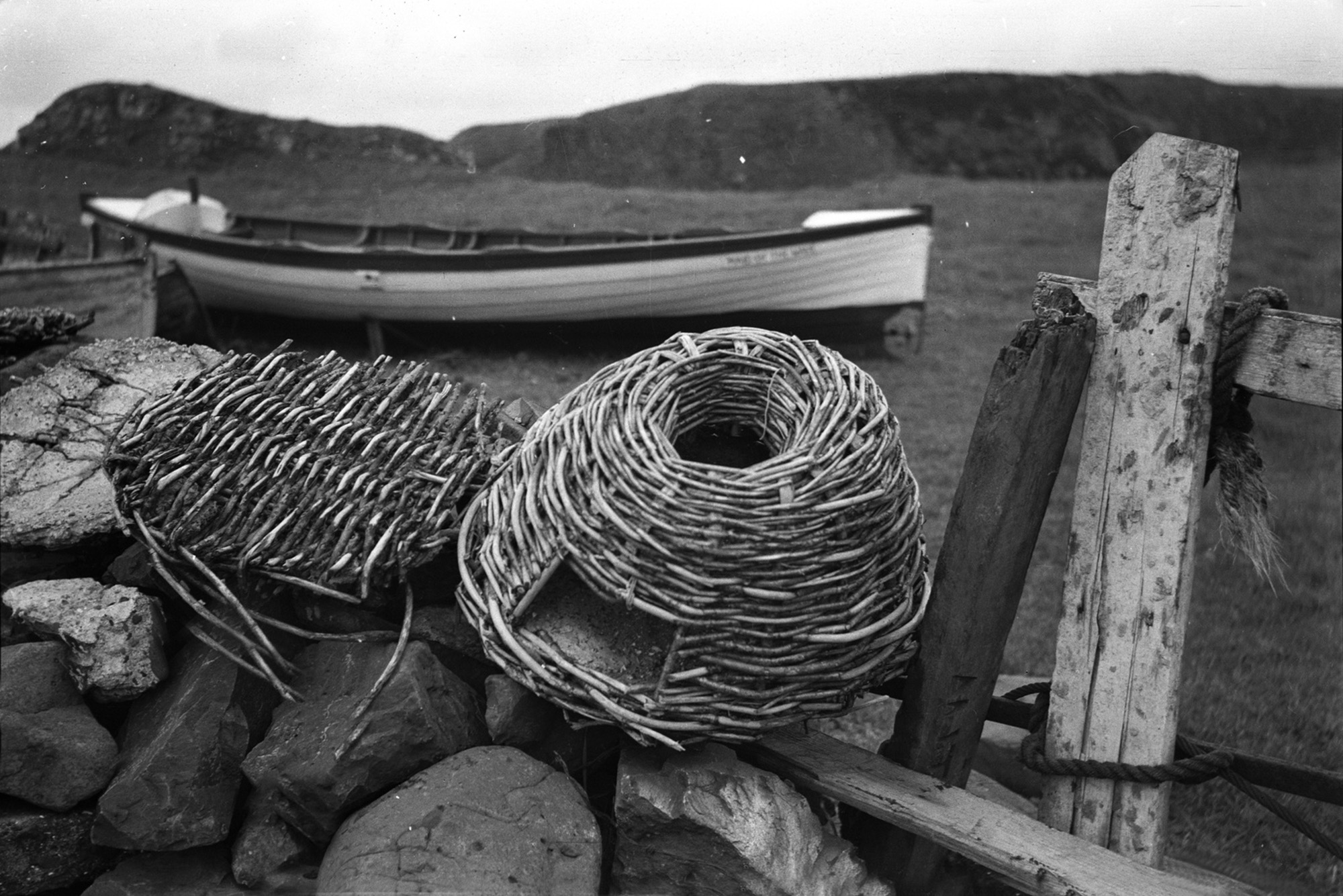
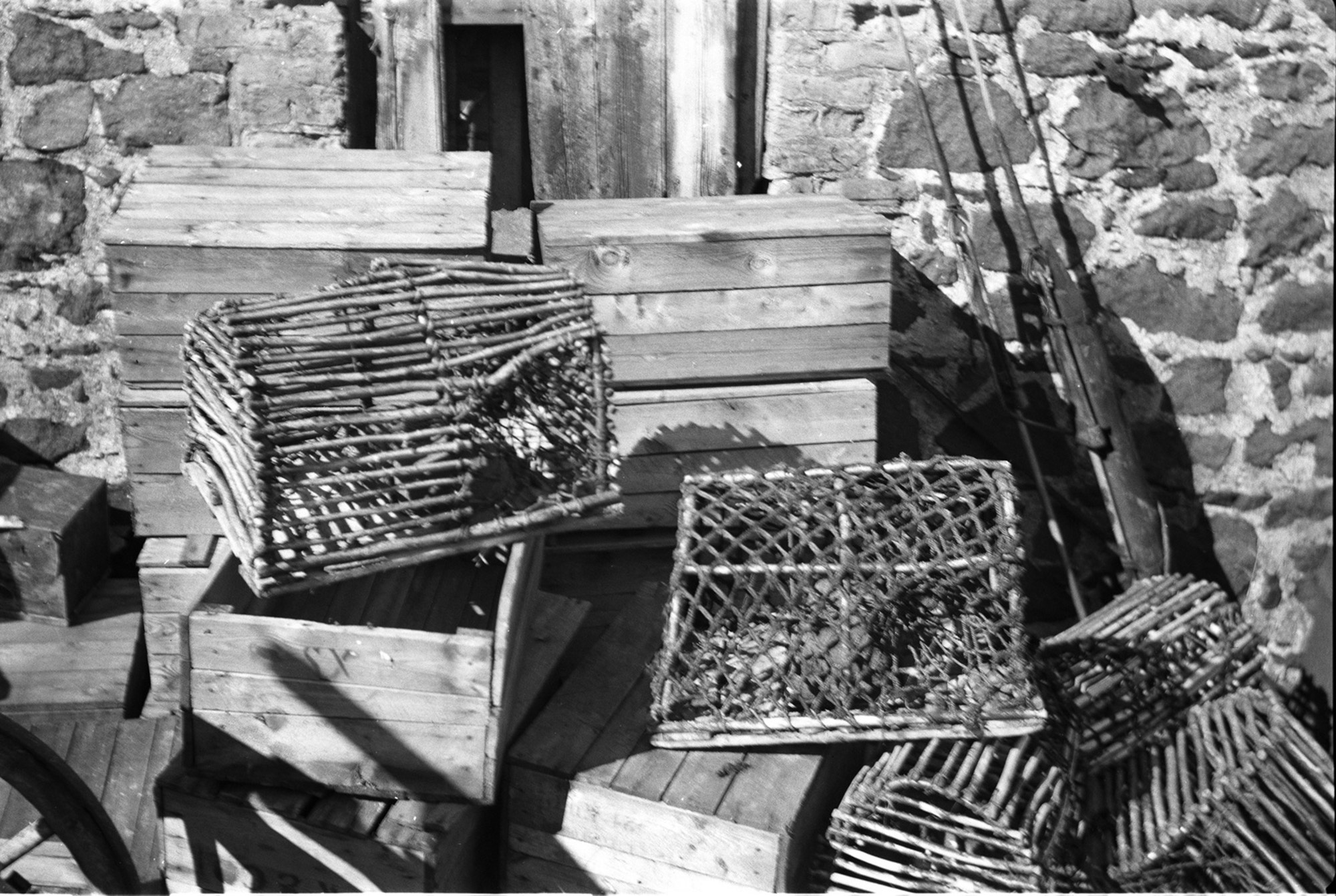
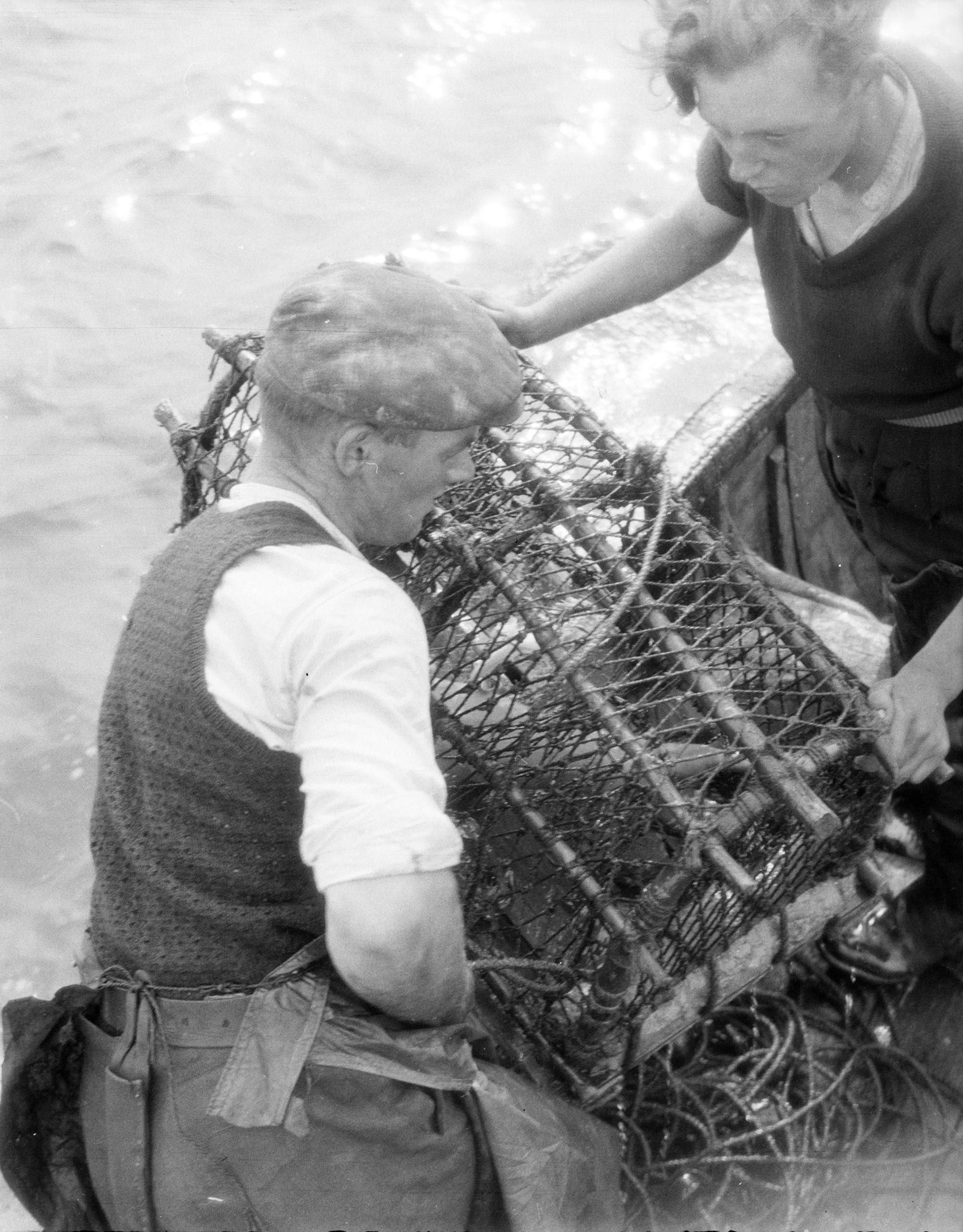
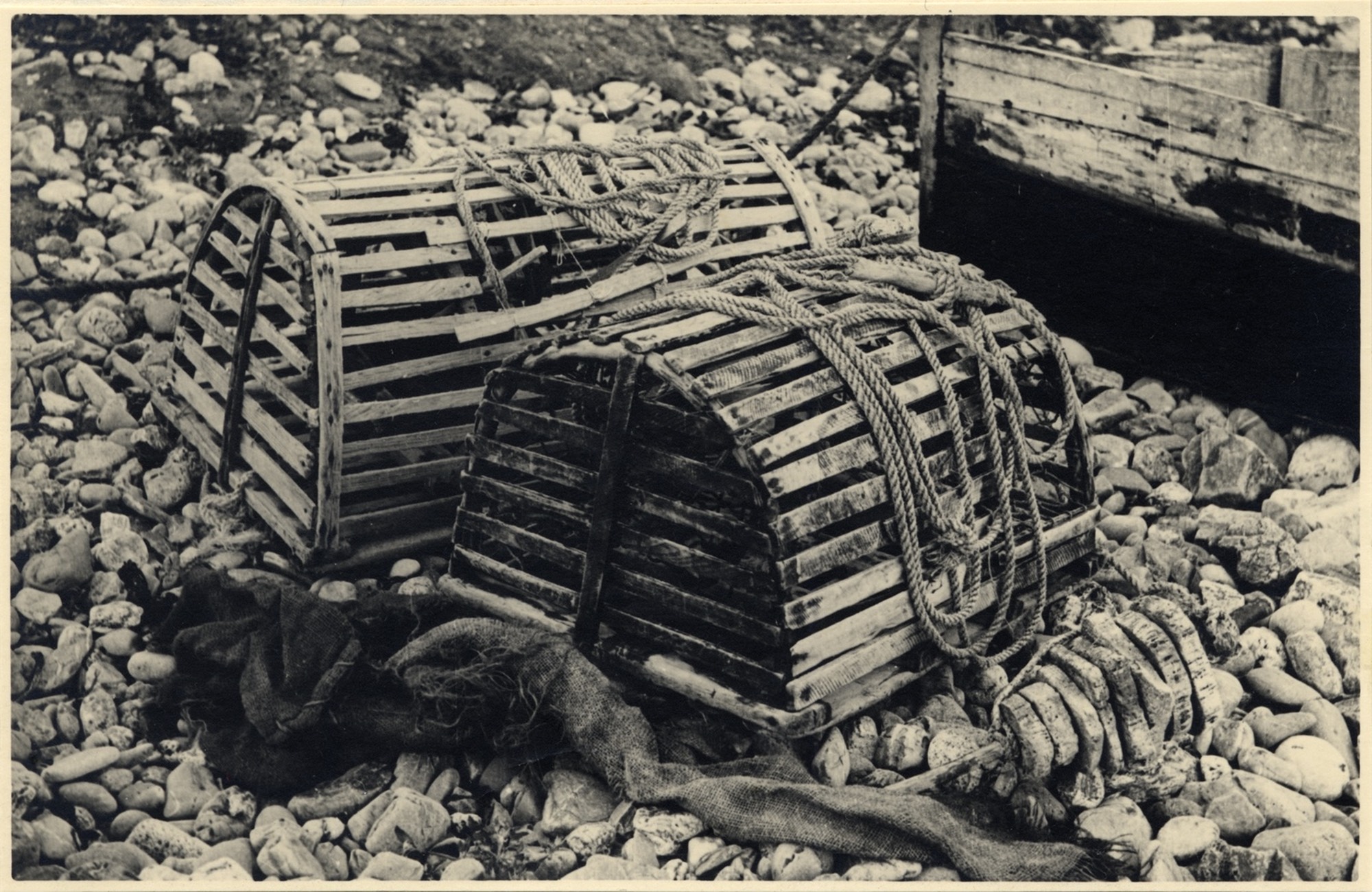
The lobster fishery and the creature itself are an intrinsic part of coastal Irish folklore and people’s livelihood, playing an important role in coastal cultural heritage as well as in the Irish cuisine. Dúchas.ie hold a great collection of stories and photographs on the Irish cultural heritage of lobster fishing, here exemplifies through the lucrative lobster business in the early 20th century (Dúchas.ie).
Lobster-Fishing in Iorrus. 8th March 1938
Lobster-fishing is carried on in Iorrus in the summer and in the autumn. It is a very profitable business because sixpence per pound is got for them.
Lobsters are caught in lobster-pots. These pots are made from rods and a flat board. It would remind you of a big cage. A bait is hung from the roof of the pot in the inside. The lobster comes crawling around and crawls in the trap-door at the side of the pot. It tries to get at the bait and falls to the bottom of the pot and is trapped.
A big long rope is stretched across the bay and is tied to buoys or floats to keep it from sinking. The pots are left hanging from the rope into the sea. Each evening the owner goes out in his boat and goes from pot to pot examining them. If it needs a new bait he puts in one and if there is any lobsters caught he puts them into a case which is floating in the sea and leaves the pot hanging from the rope and he breaks off the biting toe of each lobster to keep them harming each other.
Aodh Ó Dochartaigh
Source: The Schools’ Collection, Vol. 1122, p.63-63 © National Folklore Collection, UCD
Further stories from the dúchas collection by the National Folklore Collection, UCD:
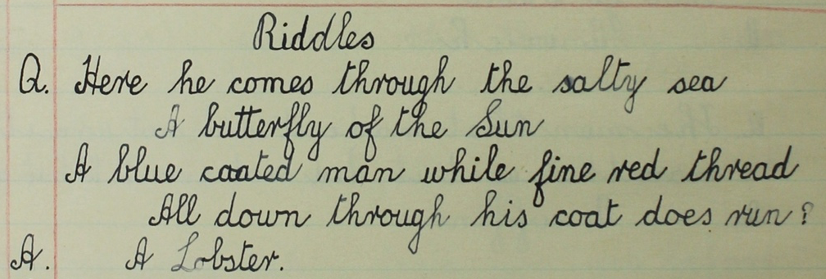
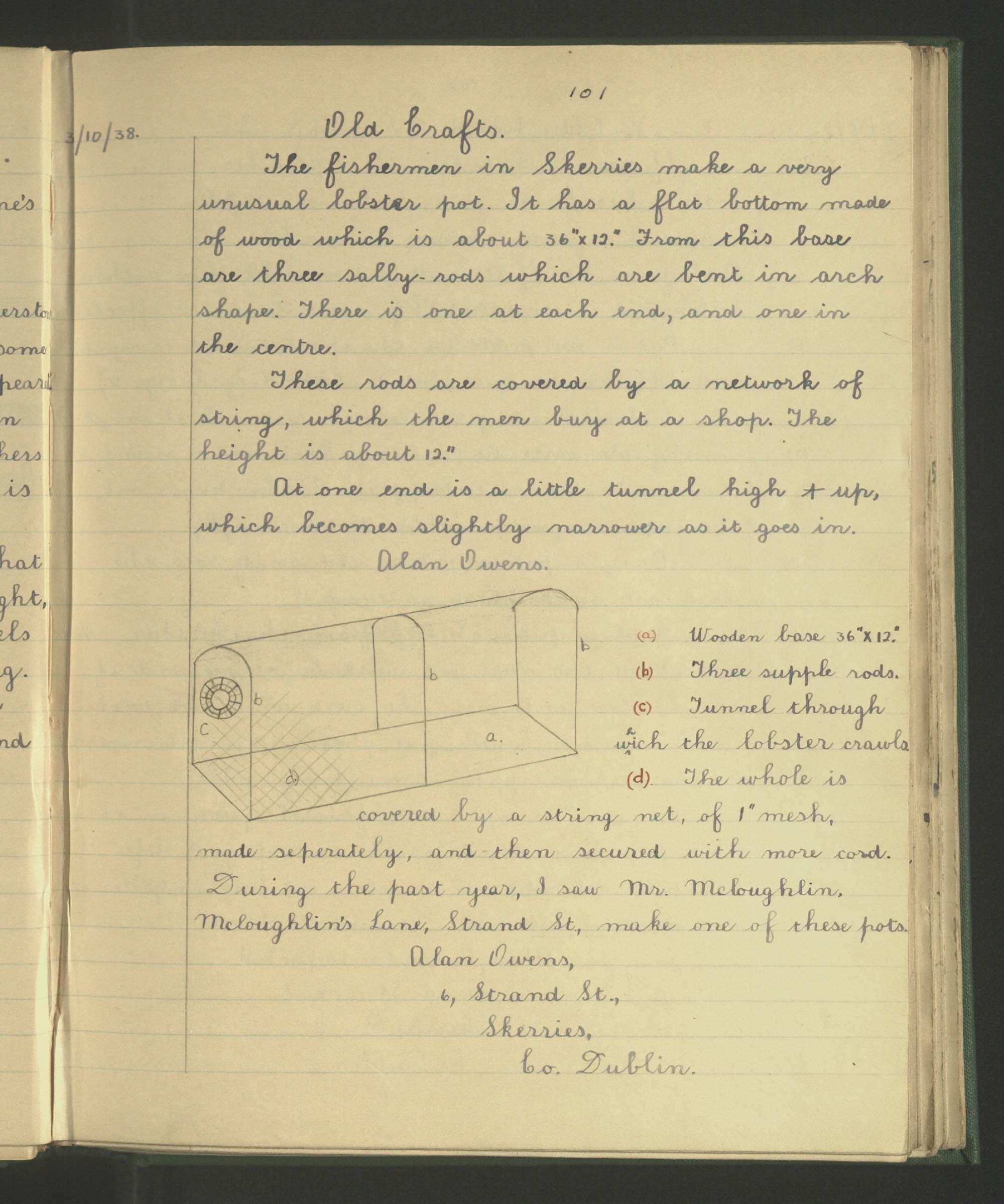
Nowadays, the standard pot design is D-shaped and made from steel rods covered in netting and protected with rope or rubber strips. Two types are distinguished by their different entrances: Soft-eyed, side-entrance pots are most commonly used, because they retain the catch for longer than the other pot type which is the hard-eyed, top-entrance type. This pot design is used in areas where different species are targeted during the fishing season such as lobsters, brown crabs or spider crabs. Of course the lobster claws are not broken off anymore either. They get tied-up with rubber bands while still on board and the lobsters are kept in a box covered with a damp cloth to keep them wet, cool and alive.
The commercial fishing season traditionally runs from late March to early October depending on fishing location and weather, but can take place all year round in sheltered bays. It is currently a sustainable fishery.
Ecology of the European lobster
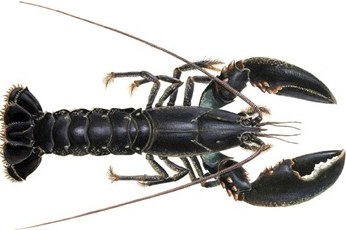
The European lobster (Homarus gammarus) is dark blue with cream or yellow spots above, with the underside a more uniform yellow colour. Both sexes have two claws, one designed for crushing while the other is used for cutting. Lobsters are invertebrates like all insects and have a tough exoskeleton which protects them. Lobsters moult in order to grow which leaves them vulnerable shedding their hard protective shell while the soft, bigger shell hardens. During this moulting progress they usually hide and several species change colour.
Lobsters blend in with their environment. They live on rocky shores and in kelp forests and can also be found in sandy and muddy habitats even beyond the shelf edge.
They are solidary creatures except for the breeding seasons and live for at least 20 years. Some have been estimated to live up to the age of 50-70. The size range of the carapace of caught lobsters should be between 87mm to 127mm at which they are between 4 to 8 years old.
Mature female lobsters can carry up to 40,000 eggs depending upon their size and age, with the oldest and largest females carrying the most. Both males and females have feathery appendages called swimmerets, underneath their tail, which are used for swimming and for holding eggs in the case of females.
Hatching usually occurs between May and September with a peak in June and July depending on water temperature. The hatched larvae spend 4 to 6 weeks in the water column a part of the zooplankton community before moulting into a final stage. They then start to seek out a suitable rocky bottom habitat to settle into and develop into juvenile lobsters.
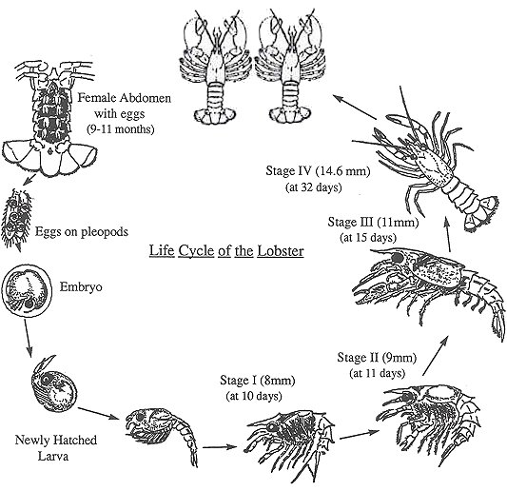
The European lobster typically feeds during nighttime on smaller crustaceans, worms, small fish and sometimes plant life. Due to its feeding habits, the adult lobster is generally placed at ecological trophic level 3 in the food pyramid of the marine foodweb.

